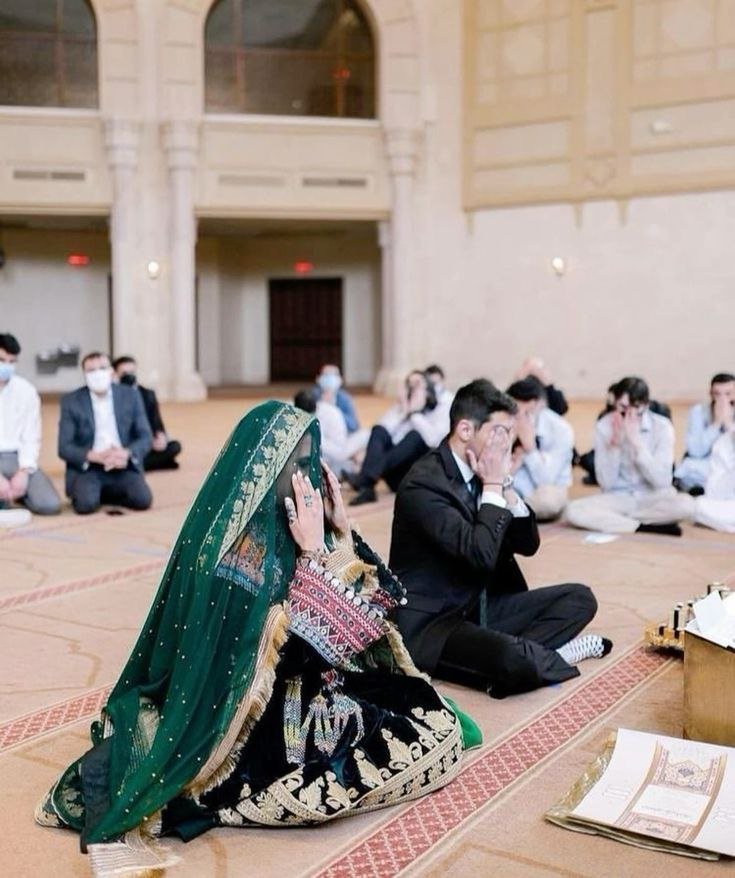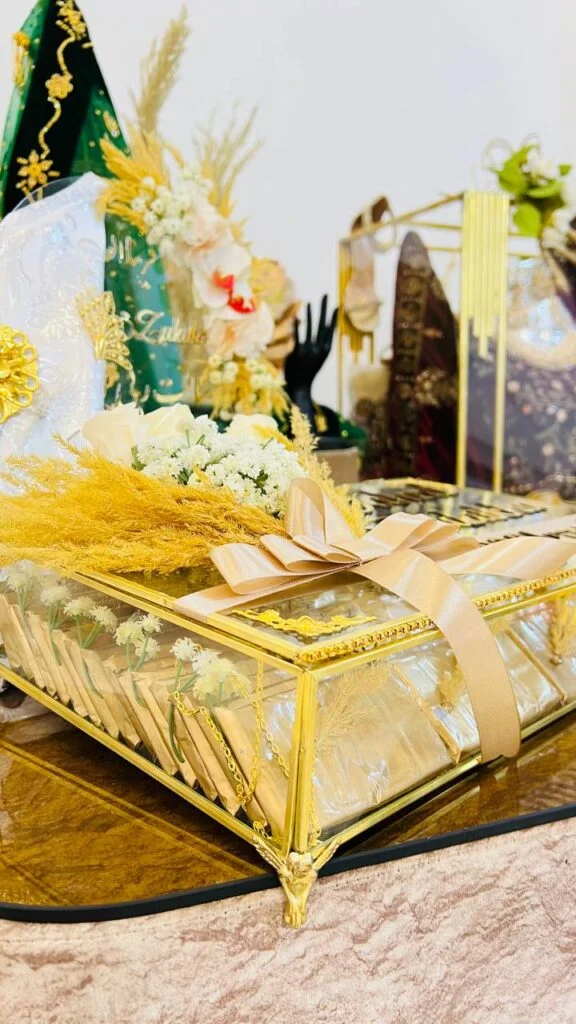The Engagement Traditions of Herat: A Review of Local Customs
Engagement Traditions in Herat In Herat province, Afghanistan, it is customary during engagement for the bride and groom to present each other with special gift packages called khonchas, which typically include clothing and certain foods. These ceremonies are carried out depending on the mutual agreement and financial capacity of both families. Nowruz Ceremony About one or two weeks before Nowruz (Persian New Year), the bride and groom—or the bride accompanied by the groom’s mother or sister—go shopping for the bride’s Nowruz outfit. The Nowruz khoncha usually contains clothing, cosmetics, a handbag, shoes, seasonal fruits, and a dish known as Haft Mewa (seven dried fruits). Additionally, the bride’s family also buys clothing for the groom. These ceremonies are celebrated in Herat with great joy and enthusiasm. Families invite their close friends, decorate the gift packages, take them to the bride’s home, where they are warmly received, and the occasion often ends with dancing and celebration. Ramadan Ceremony The Ramadan ceremony is quite similar to the Nowruz one. The bride is taken shopping to buy things according to her personal taste. This event is often combined with Eid al-Fitr (the festival that marks the end of Ramadan). A key distinction in the Ramadan ceremony is that the groom’s family also prepares food—such as Qabeli, Mantu, kebabs, and other delicious dishes. Unlike Nowruz, the Ramadan khoncha does not include Haft Mewa. Instead, items like cream, cheese, jam, and other foods are brought for the iftar (evening meal). For Eid, both dried and fresh fruits are also included. Sometimes this ceremony is held at the beginning of Ramadan, and other times toward the end. Eid al-Adha (Qurbaanee) Ceremony During Eid al-Adha, similar to Eid al-Fitr, the bride is presented with a khoncha that includes clothing and dried fruits. Additionally, a sheep or another animal is brought to her home as a sacrificial offering. Yalda Ceremony In the winter season or on Yalda Night (the longest night of the year), people in Herat follow the tradition of preparing warm winter clothes for the bride and groom, a custom referred to as Yaldai. Along with the clothing khoncha, watermelon, pomegranates, and dried winter fruits are also brought to the bride’s home. Additional Notes In all these ceremonies, the bride’s family also prepares a set of clothes for the groom. Sometimes the ceremonies are celebrated with extended family and close friends, while other times, they are held just between the two families. These traditions are usually observed in the first year of engagement and depend on the financial ability and mutual agreement of the families. Sometimes the full khonchas are not prepared; instead, the bride and groom simply go shopping together for clothes. Nevertheless, the people of Herat cherish these customs and strive to keep them alive—whether in small or grand ways—as a way of preserving their cultural heritage.









